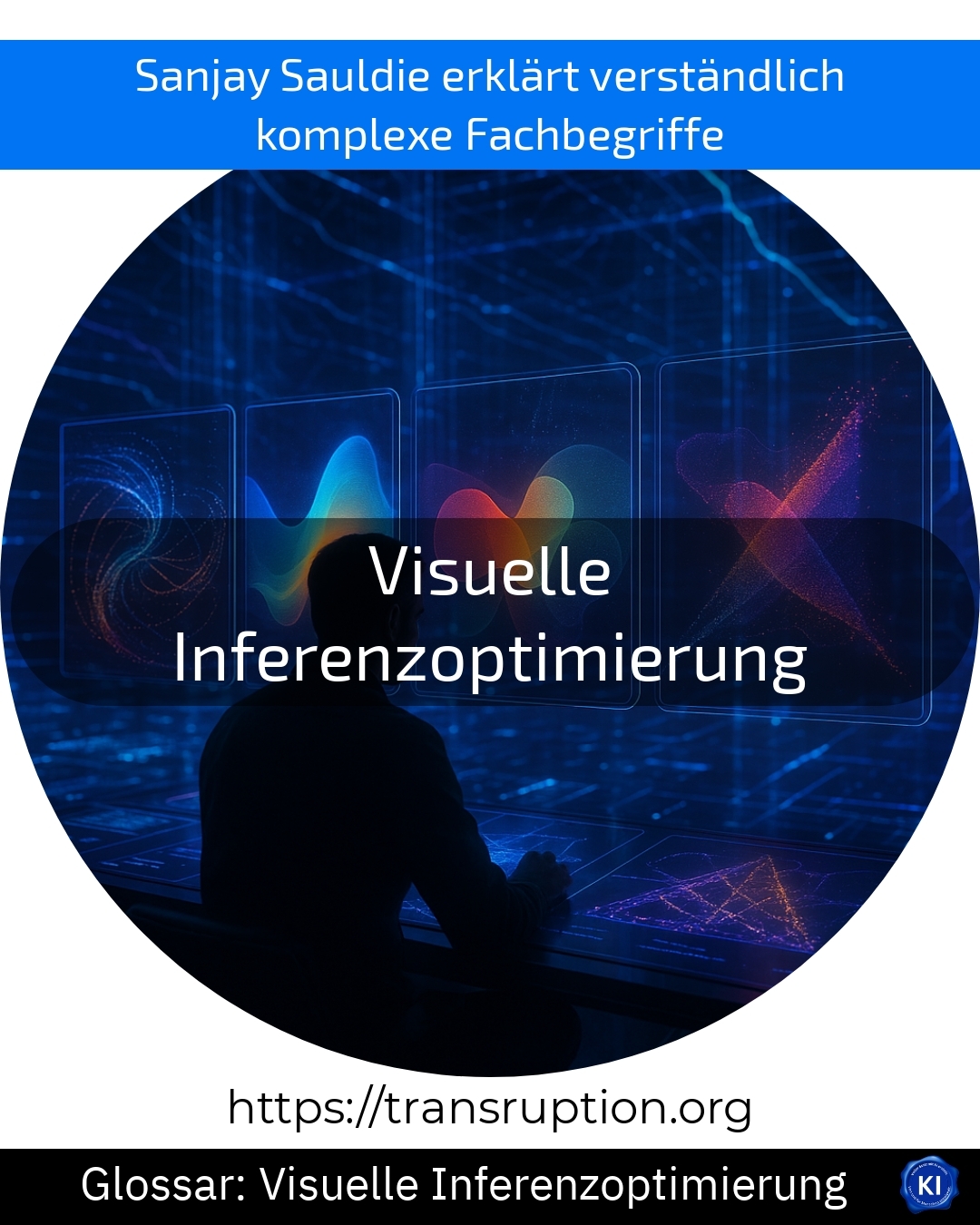Visual inference optimisation is a term used in the fields of artificial intelligence, automation and Industry 4.0 to describe methods that enable systems to make smarter, faster and more accurate decisions based on image and video data.
The aim of visual inference optimisation is to improve artificial intelligence so that it "understands" images or videos as efficiently as possible and can automatically draw conclusions from them - for example in the quality control of a production line. Here, a camera is used to photograph each product. The AI uses inference to recognise whether the product is faultless or not. If this process is optimised, defects can be found even more quickly and reliably and fewer faulty products reach the customer.
A simple example: In a chocolate factory, an AI system checks every piece of chocolate produced. Through visual inference optimisation, the system learns better and better which chocolates are okay and which have small cracks or discolourations. This saves the company time and money - and customers only receive perfect chocolate.
Visual inference optimisation therefore makes AI applications even more powerful and helps companies to improve their processes smartly and automatically.















